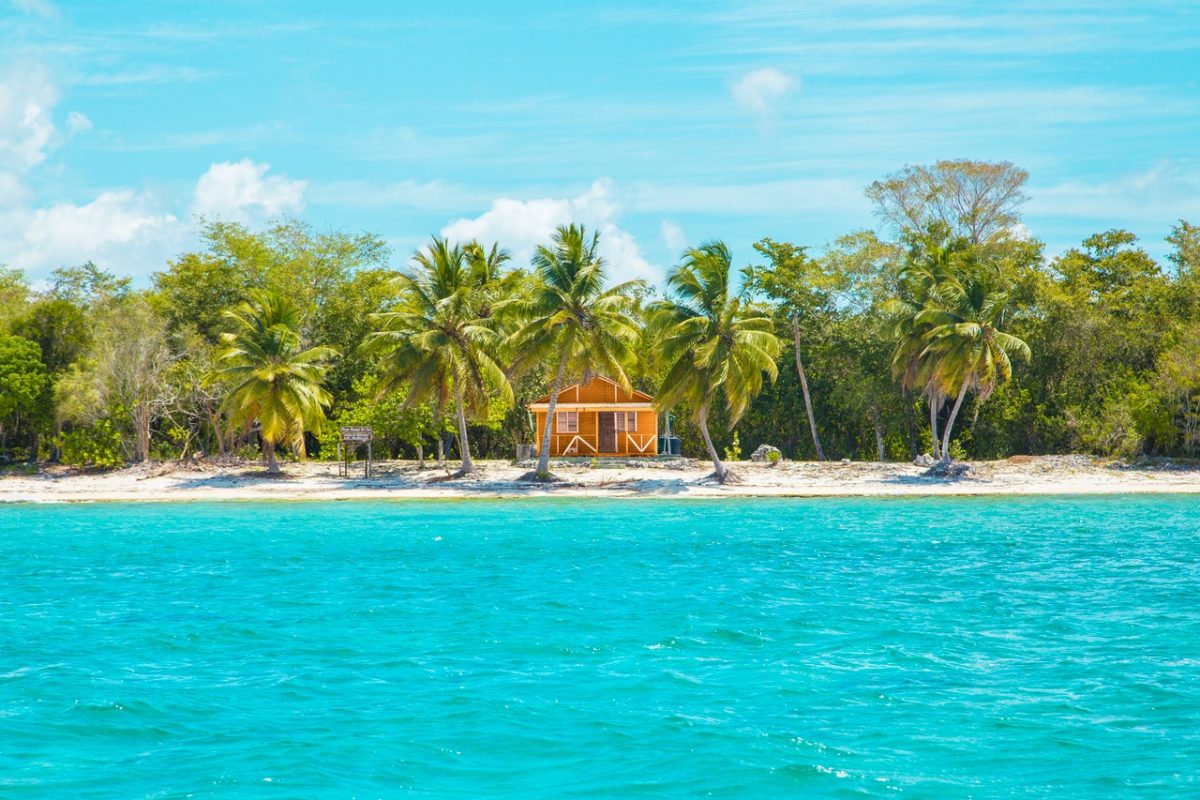The increasing prevalence of coastal dwellings means more and more beach houses are being designed shore side, to accommodate individuals visiting coastal regions such as a business computer support company employee to then living there permanently as part of a sea change. In accordance with this trend, coastal design has developed past the shore shack weekender, into the development of functional and airy modern spaces.
These properties demand an exceptional strategy within their architectural design to keep out the components and take advantage of coastal living. For those intending to style their own beachside harbor, below are a few features which you may attempt to add to capitalise on a view, promote relaxation, and also to keep salt and sand from becoming your constant companions.
Tile the flooring
Tiles are really practical in a shore home. They look good, feel decent under your feet and, above all, conceal the dirt. They’re also simple to clean and sweep and can withstand a lot of traffic. Together, you may produce a seamless transition from living floor area to outside patio.
Let it hang
Many times residing close to the shore in Australia means you are also going to be living in a rather warm or hot climate. Shade is therefore crucial, to keep your home cool. One method to make this colour is by integrating deep, broad eaves to the design of your house layout.
Embrace the view
Install bi-fold or sliding doors and windows which could be thrown straight back and opened upward, to let the area flow with the outside. In living spaces particularly, don’t obstruct the view by installing large window treatments. Leave the windows bare and the trims exactly the same colour as the walls to make it the hero of this item. Consider a second storey extension if you are particularly interested in a great view, if you have a partly obstructed one at the moment.
TIP: Be creative about where you place windows. Make the most of the unreachable wall area and put in windows over kitchen cabinets to make use of natural lighting.
Install an open-air shower
Without a doubt, the best approach to stop sand being brought into your house is to have a water supply close to the entrance of your home. Having someplace to wash off outside will get rid of most, although not all, of this sand.
A bathtub could be integrated into the original design of a home, or be put up for a fashionable but practical addition after. The trick to success is that you shouldn’t need to get in the house to reach it. Put it near the front door down the side route or close to the rear gate.

Curtail the rust
Carefully think about your kitchen and bathroom fittings and fixtures. Salt from the sea atmosphere is corrosive, and also the layouts of coastal houses will need to take this into consideration. To fight this, stainless steel is among the very best material options for indoor and outdoor appliances and fixtures, but it still requires regular upkeep to keep it in ship-shape condition.
Maintain stainless steel wash and corrosion-free by often spraying it with vinegar and wiping it down with a microfibre cloth, or just wiping it down with a gentle detergent.
TIP: As discolouring from water stains could result from minerals in the water, dry-wipe the washed surface with paper towels.
Maintain the mozzies at bay
Flyscreen layouts are extremely sophisticated and flexible nowadays. They vary from retractable displays in tropical locations, to magnetic displays which are easy to slip on and off for cleaning. Flyscreens accumulate the salt, so frequently wash them by giving them a quick spray with the hose and a wash using a soft-bristled brush. Then leave the displays to dry in sunlight.
Allow breezes to blow with louvres
The option of windows in shore houses is a matter of where to put them in order to maximize, cross breezes, filtered light, the view and also an indoor-outdoor feel. Louvred windows are an energy-efficient approach to catch cross breezes for natural heating, plus they have a coastal-living look. They’re also accessible with flyscreens to help keep out the insects and are at an angle which will repel lighter rain showers, so you can normally leave them open except in the heaviest of downpours.
If you want to be technical consider making your home a smart one with the ability to turn on and off the lighting, heating and cooling all at the touch of a button. If you are unsure how to go about this consider contacting it consulting services.
Standalone sand area
If you have the space or the funds for home extensions, make a buffer zone between the shore and your home by creating a sand area or placing a downstairs bath and incorporating access from the exterior. Just like a mudroom, this secondary entry into the home could supply a change room and a shower, in addition to hanging area for sandy possessions. If it’s possible, integrate the laundry within this sand area; it is the ideal place to load filthy towels into the washing machine.
TIP: Install a faucet fitting which is going to take a hose attachment, which means that you can easily hose out the room.




